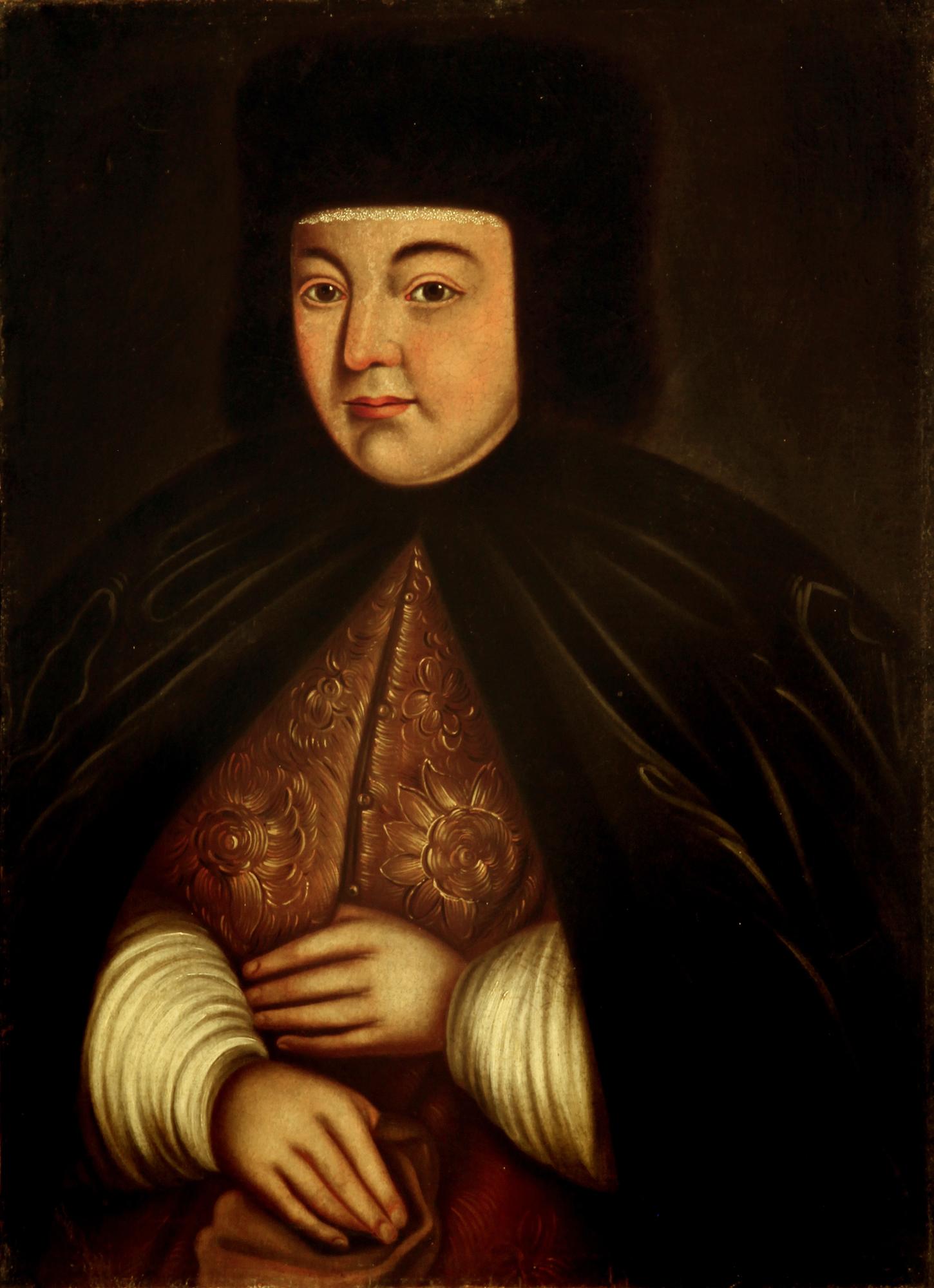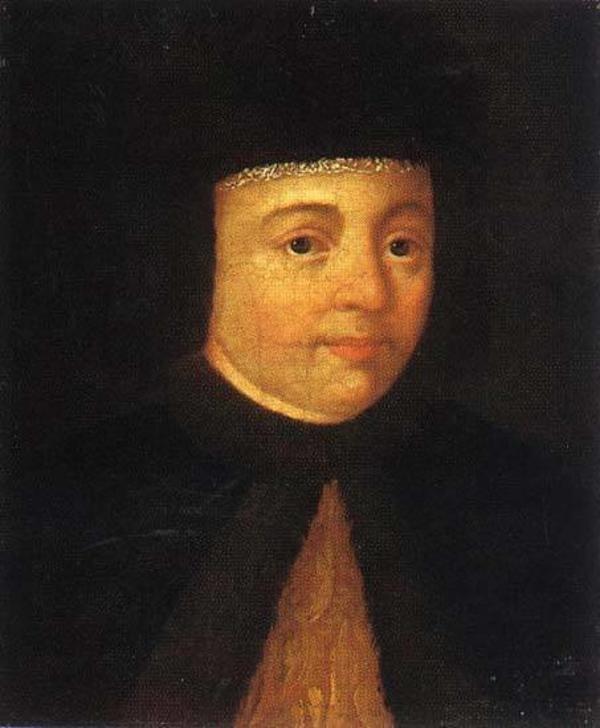The portrait of the Russian Tsaritsa Natalia Naryshkina, the mother of Peter I, was painted by an unknown author in the first third of the18th century. This is a special type of portrait known as parsuna. Such images appeared in Russia in the 17th century. First, all portraits of those times were called parsunas, and only later art experts classified them as a separate genre.
The parsuna combined features of a secular portrait and an icon. Artists aspired to render the look of a person and his or her social role, however, they used icon painting techniques. That is why portraits of simple people painted with oil on canvas rather than tempera on wood appeared in many respects iconic. In such images, artists did not strive to add volume to form and space, they painted faces in a conventional and standardized manner, and often added a text clarifying, who they depicted to portraits.The parsuna combined features of a secular portrait and an icon. Artists aspired to render the look of a person and his or her social role, however, they used icon painting techniques. That is why portraits of simple people painted with oil on canvas rather than tempera on wood appeared in many respects iconic. In such images, artists did not strive to add volume to form and space, they painted faces in a conventional and standardized manner, and often added a text clarifying, who they depicted to portraits.



